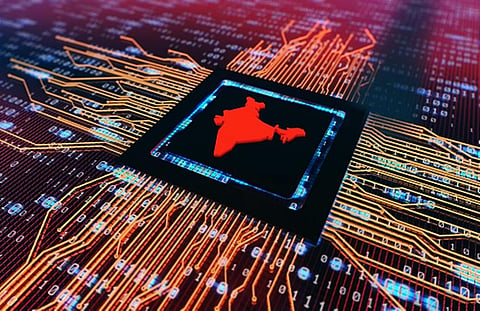Besides, the MHA informed the Committee that it has established a comprehensive system of communication and connectivity to share or disseminate terrorism-related information or data. For this purpose, the Ministry said the national capital was connected with 25 Central member agencies and all state capitals. In the state capitals, the network links the SMAC (housed in the Subsidiary Intelligence Bureau or SIB), state police's Special Branch, and offices of all central and other counter-terror agencies.


